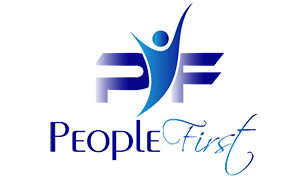
More on..Creating a productive culture during tough times
I heard from many of you after posting this weeks blog about creating a productive culture during tough times, so I have added some additional thoughts to consider. Cultures are difficult to change and it takes a concerted, visible and powerful energy to shift them. One of the real benefits to completing your strategic framework and communicating it constantly is that it will drive a culture that fully supports getting you to where you want to go, even in tough times. When things are clear and straightforward to employees, they develop a sense of direction and focus and can move quickly. Everyone wants to be a winner and do their best each day. Your job as a leader or manager is to set yourself and others up to be successful. Leadership and management behaviors are the single greatest influence on an organization’s culture. Don’t leave success to chance!
Although I believe these are things all good leaders should do regularly, during tough times it is especially important to:
• Reiterate where the company is going and why, as well as the core strategies to get there.
• Provide persuasive reasons why the company/team can win – what are the strengths that will prevail.
• Paint a compelling vision of the future (with as much visual detail as you can create) – describe what winning now looks like.
• Deliver ongoing feedback – communicate even more with direct reports about how they are doing and continue to reward (in low or no cost ways) and realign behaviors. Remember that when you don’t communicate enough, employees make up much worse scenarios than the truth, especially in tough times.
• Structure ongoing communications to all employees through a variety of channels to keep the goals/destination at the focal point.
Don’t…………
• Assume employees understand why or how your organization can succeed when they see a lot of ‘news’ about failing companies all around them.
• Make promises you can’t keep (i.e. there will be no layoffs)
• Ignore the confusion or frustration created when initiatives or projects have been scaled back – talk about the why and the how things will get done going forward.
• Assume a one-time, feel good meeting can fix things or that employees won’t see thru it if there is no new strategy behind the changes. Wasting time in a cheerleading session creates even more employee frustration if the content is not very focused on their situation, not truthful, or if it does not provide real ‘meat’ specifically about why the company can win.
